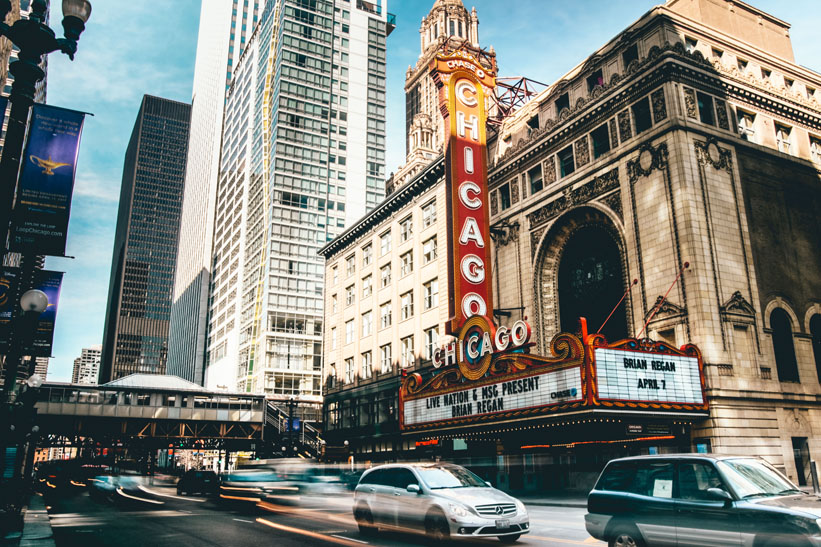
Chicago architecture is best known for its skyscrapers downtown, but the city also has an incredibly unique culture of “vernacular architecture” or “architecture without architects.” The smaller homes that fill the city’s residential neighborhoods give each area its own vibrant sense of character, a trait that provides the whole city with a sense of depth that is unusual in a place the size of Chicago. Because of this, there are a lot of home styles that are common in Chicago but can not be found anywhere else.
Keep reading to learn more about some of the most famous examples of Chicago’s vernacular architecture.
Example #1: Four Plus Ones
These five story apartment buildings house a lobby and a parking lot on their ground floor. Constructed from a wooden frame and supported by concrete pillars, these are different from other five story apartment buildings in that they are technically considered to be a four story building. This is because the ground floor is less than 7 feet high, meaning that it is legally a basement rather than its own floor. As a result, they could be built in areas that would otherwise disallow five story construction.
These units also occupy as much of their lot as possible, maximizing the size of the apartments without going over their single or double lot’s legal borders. While similar apartment buildings have been built in other cities, the term “four plus one” is only used in Chicago.
Example #2: 19th Century Workers Cottage
This gabled roof style of home was the most common during the mid 1800s, housing hundreds of factory workers, shop owners, and their families. These homes were particularly affordable due to their standardized floor plans and easily produced building materials – usually brick or wood.
Their simple, straightforward architectural style made it easy to add on rooms or even entire floors to the existing cottages. Many of the Workers Cottages have been updated throughout their existence, with new doors and windows or the addition of cement siding to the original facade. Because of their simple design and easy to adjust style, many owners chose to personalize their homes, resulting in the vibrant array of Workers Cottages still found in Chicago today.
Example #3: Bungalows
No other architectural style in Chicago is as commonly used for single family homes as the bungalow. In fact, they can be found in such high concentrations around the edge of the city that many people refer to these areas as the Bungalow Belt. These bungalows are known for their wide eaves and continuous rows of windows.
Unlike the Workers Cottages, Chicago’s bungalows have not changed much since they were originally constructed. In fact, there is a movement in place, “Stop the Pop,” that focuses on maintaining the original profile of the bungalow rather than allowing people to add a second story to these homes.
Keep browsing this website in order to learn more about these types of homes as well as other prime examples of Chicago’s vernacular architecture.
